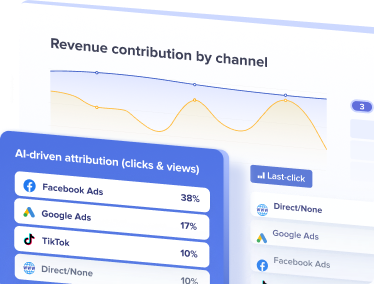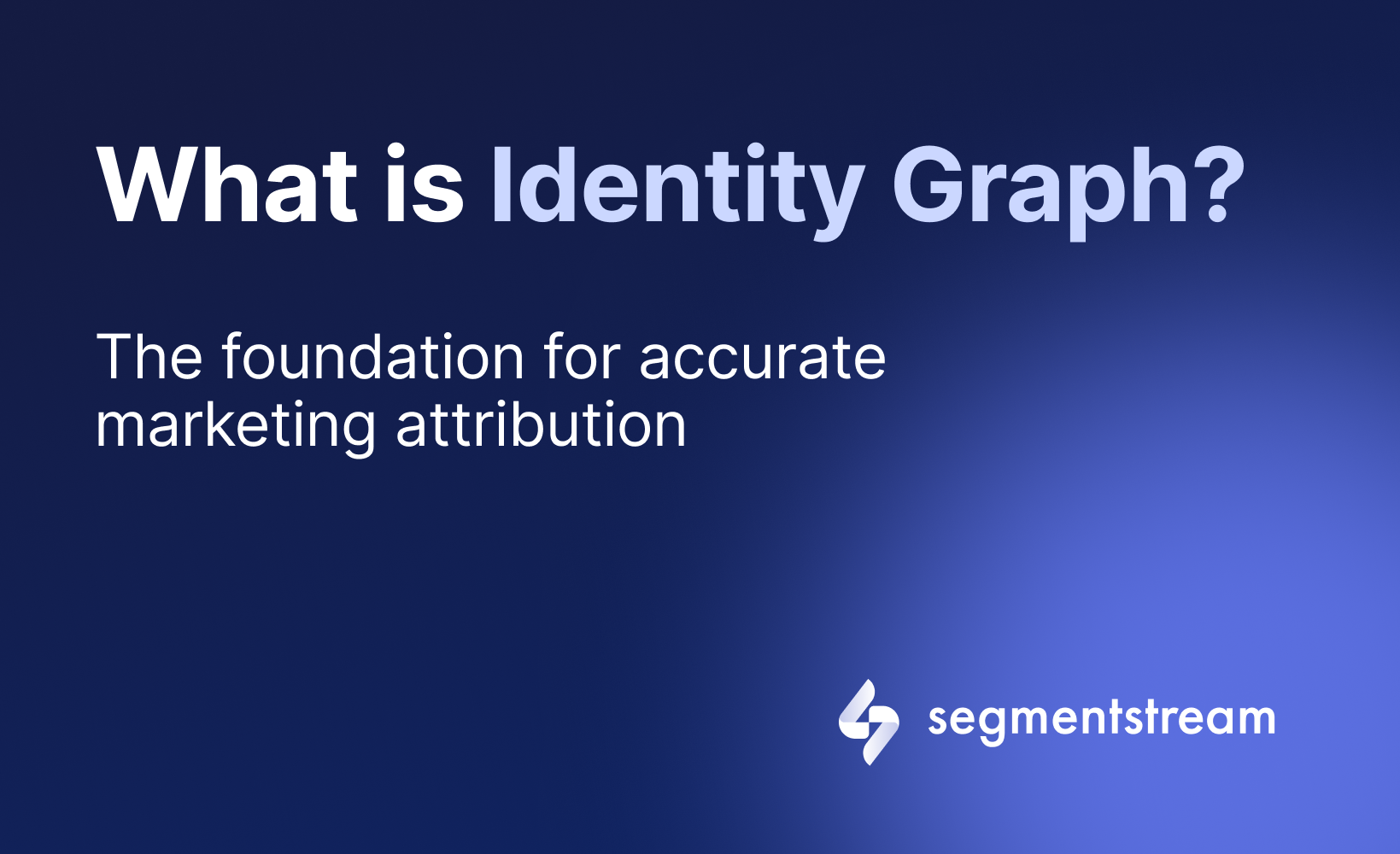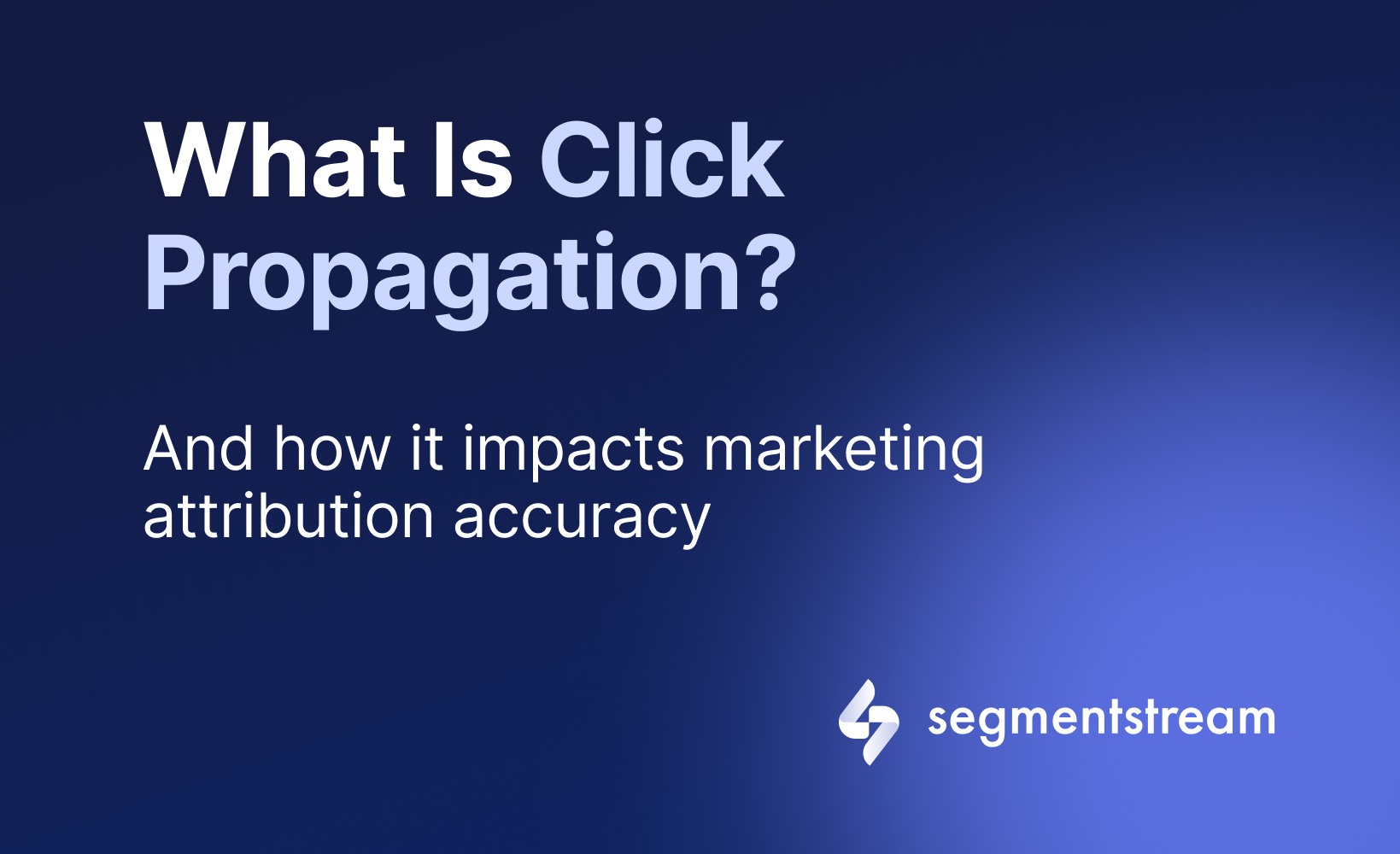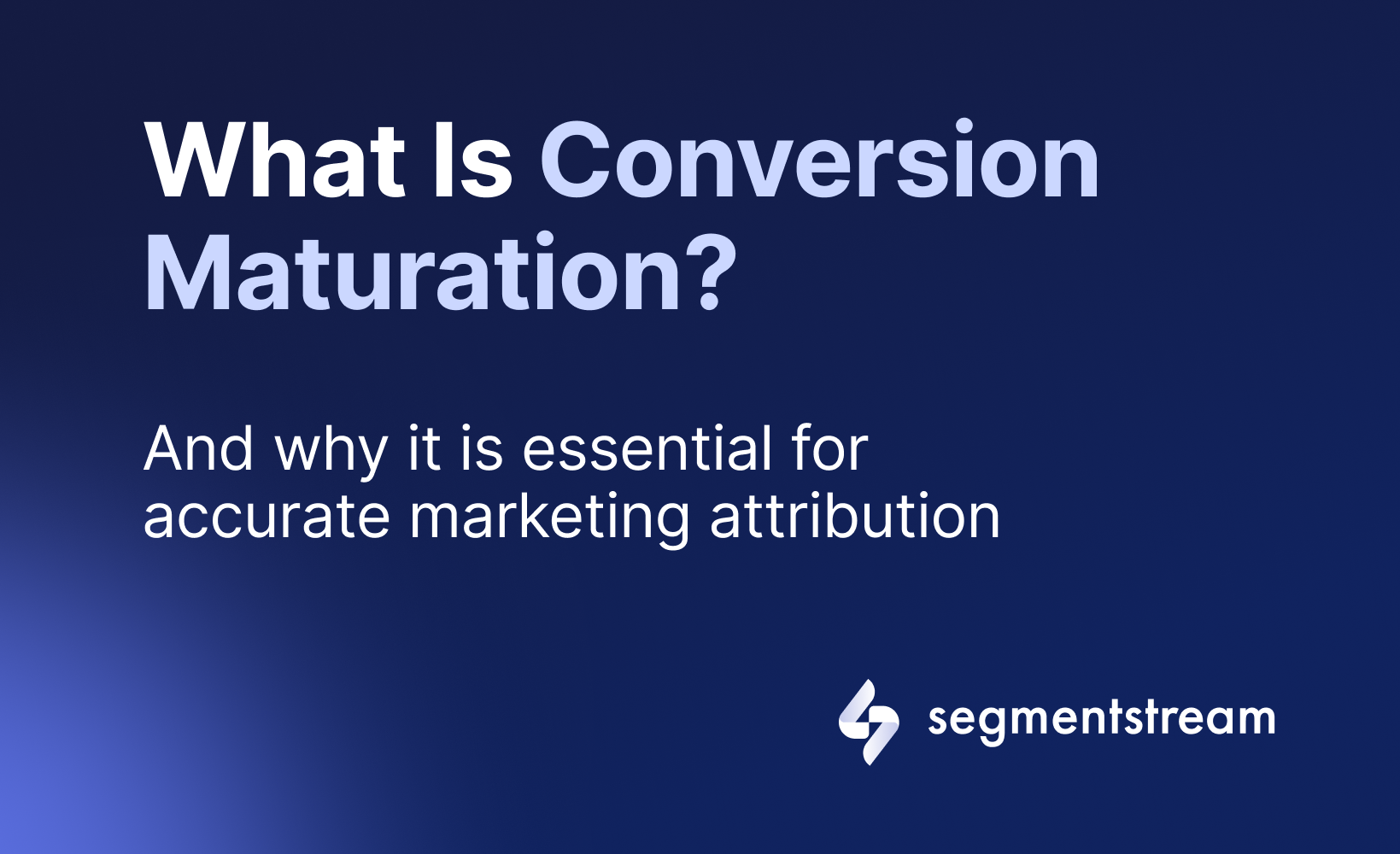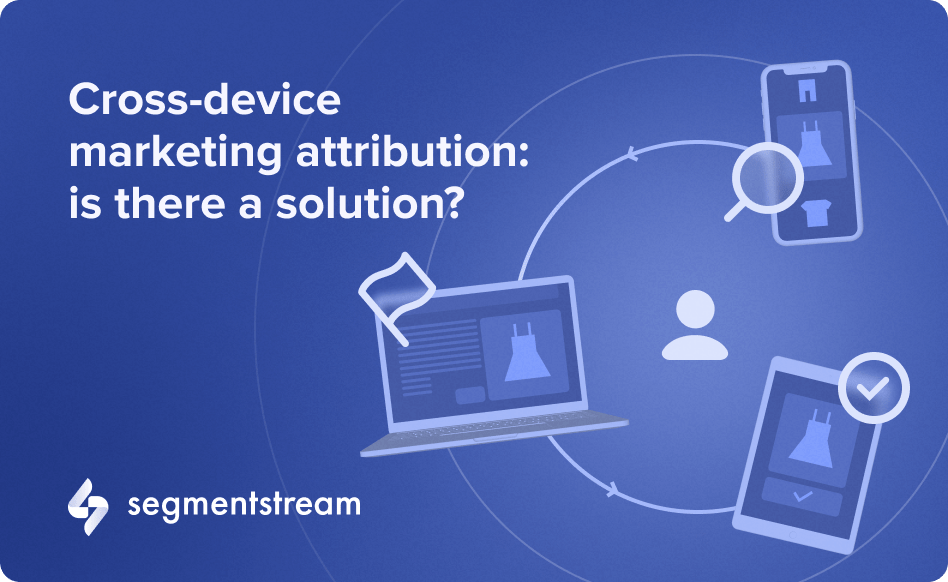
Cross-device marketing attribution: is there a solution?

Table of contents:
- Why is cross-device attribution a problem in the first place?
- Which attribution models are used for cross-device journeys?
- Solving cross-device attribution with SegmentStream
Today, measuring marketing campaign performance is not easy at all. Users have complex journeys: they use different browsers and devices before they finally make a purchase from your website, and have large time breaks between visits. These are major challenges for accurate reporting.
For example, take a look at a typical journey of a person who wants to book a vacation:
- They are scrolling through Instagram on their smartphone while sitting in traffic and see a compelling travel offer. The person clicks on the ad to do research but they are obviously not ready to book anything right now. They copy the URL and share it with their partner.
- When at home, both the user and their partner open the aforementioned link on a laptop to check the deal. It looks good but they need to think about it for a while and wait for a payday.
- On payday, this person books a vacation using the same URL they shared with their partner but using a computer at work.
What will you see in the analytics? The conversion will be attributed to the last touchpoint, and in our case, it will be from a “direct/none” source. The Instagram ad that originally initiated this customer journey gets no credit at all.
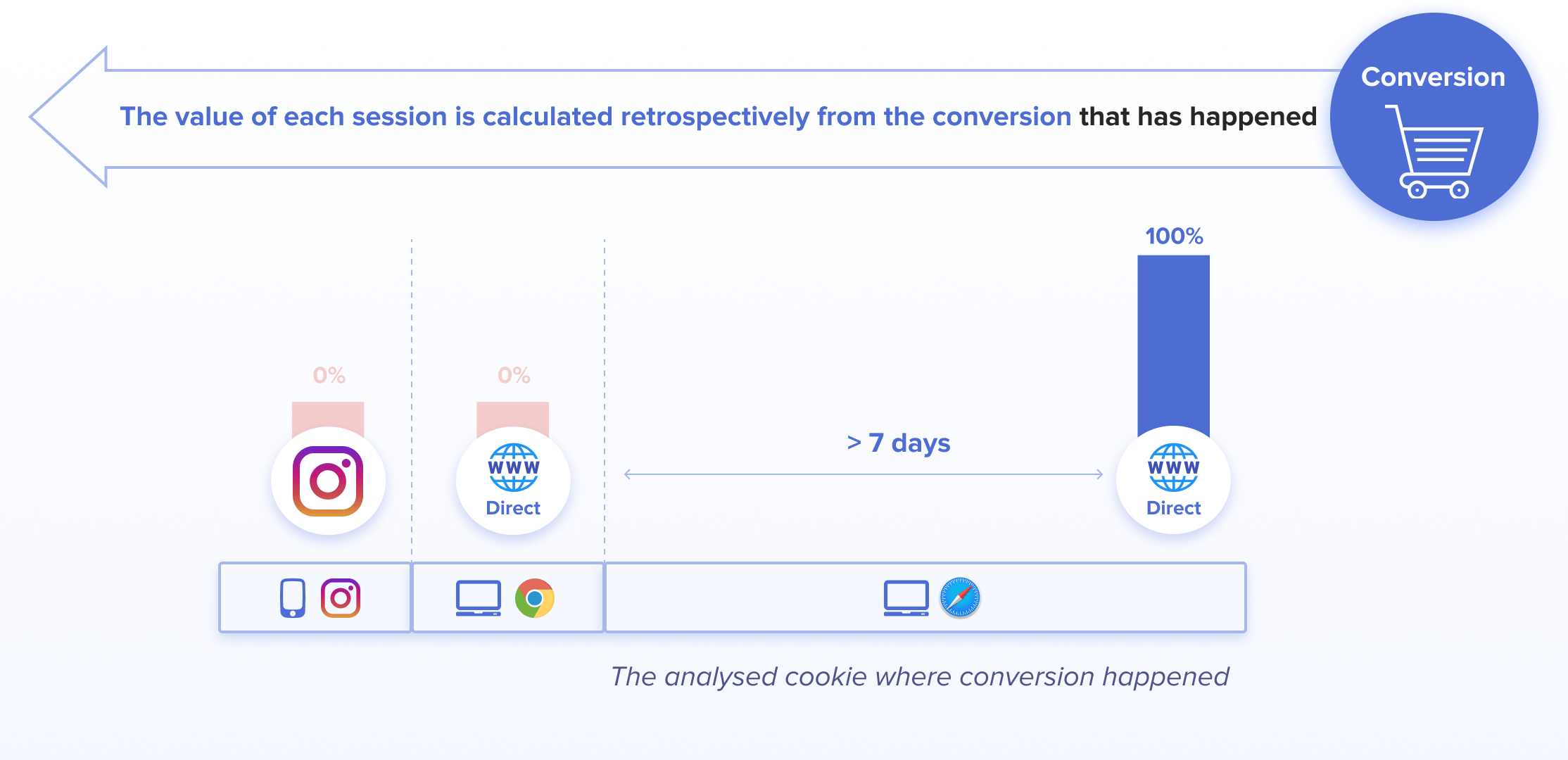
Why is cross-device attribution a problem in the first place?
In the first half of 2022, more than 55% of the worldwide website traffic came from mobile devices, and this number is only rising. When it comes to laptops and computers, 68% of users reported using computers for Internet surfing in 2021.
What is more, a typical US household owned 25 connected devices in 2021, including laptops, smartphones, tablets, video streaming devices, and so on.
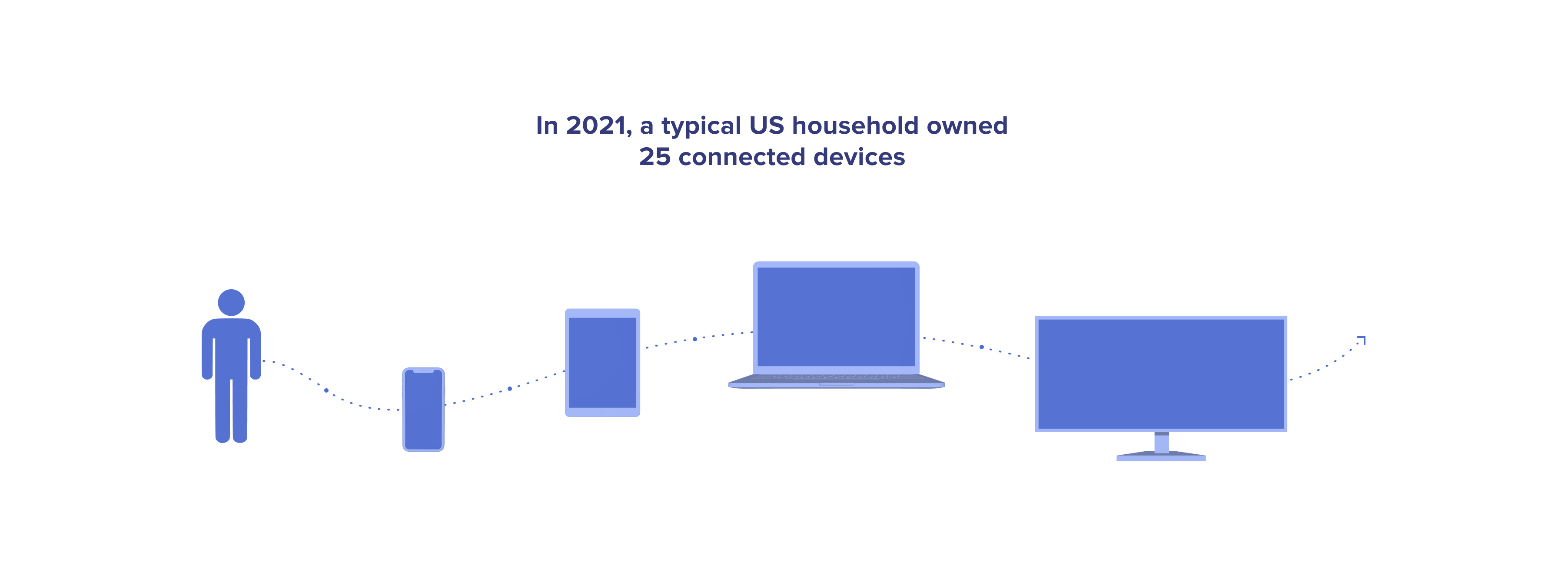
So it’s not a surprise that users switch between multiple devices all the time, even if they’re trying to finish one same task, e.g. shopping for travel deals.
As a result, marketers struggle with session-stitching and detecting precise user journeys.
So, summing up the issue with cross-device marketing attribution:
- Users are untraceable when they use more than one device and don’t log in;
- One same user visiting a website multiple times from different devices will mess up with the analytics because the customer journey is seen as several separate sessions;
- Marketers can’t evaluate which channels bring conversions which means they then undervalue both organic channels and the first steps in the user journey.
How are marketers trying to solve the cross-device attribution problem now?
Which attribution models are used for cross-device journeys?
There are multiple ways in which different companies try to solve cross-device attribution problems. The most common approaches are deterministic cross-device attribution and probabilistic cross-device attribution models.
Deterministic cross-device attribution relies on various identifiers that help to stitch users across multiple devices, such as email address, user ID, etc. If the user is logged in across all devices, it is possible to have a complete picture of their journey.
The limitation of deterministic cross-device attribution is that the majority of visitors don’t log in and cannot be tracked by one same identifier - i.e. cookie. Cookies are different on every device or browser, and due to Intelligent Tracking Prevention, they can expire even if the person uses the same browser and device.

Digging deeper into the topic you will find out some more disappointing facts - the reality is that even the most sophisticated attribution models struggle with cross-device identification when users don’t log in.
When Google announced Signals, a new feature for Analytics for cross-device session stitching, everyone was excited about its measurement and tracking possibilities. But even such a large cap isn’t omnipotent - despite owning tons of data on every search user, the feature still requires users to be signed in to their Google accounts in order to work properly.
Probabilistic cross-device attribution calculates the probability that one same person has initiated multiple sessions from various devices. It tracks and analyses data from different touchpoints - it will detect users’ screen resolution, type of device, operating system, WiFi network, and so on.
Where deterministic attribution relies on user identifiers, probabilistic relies on algorithms. All this data from touchpoints goes to algorithms to train them and improve the accuracy of calculating probabilities.
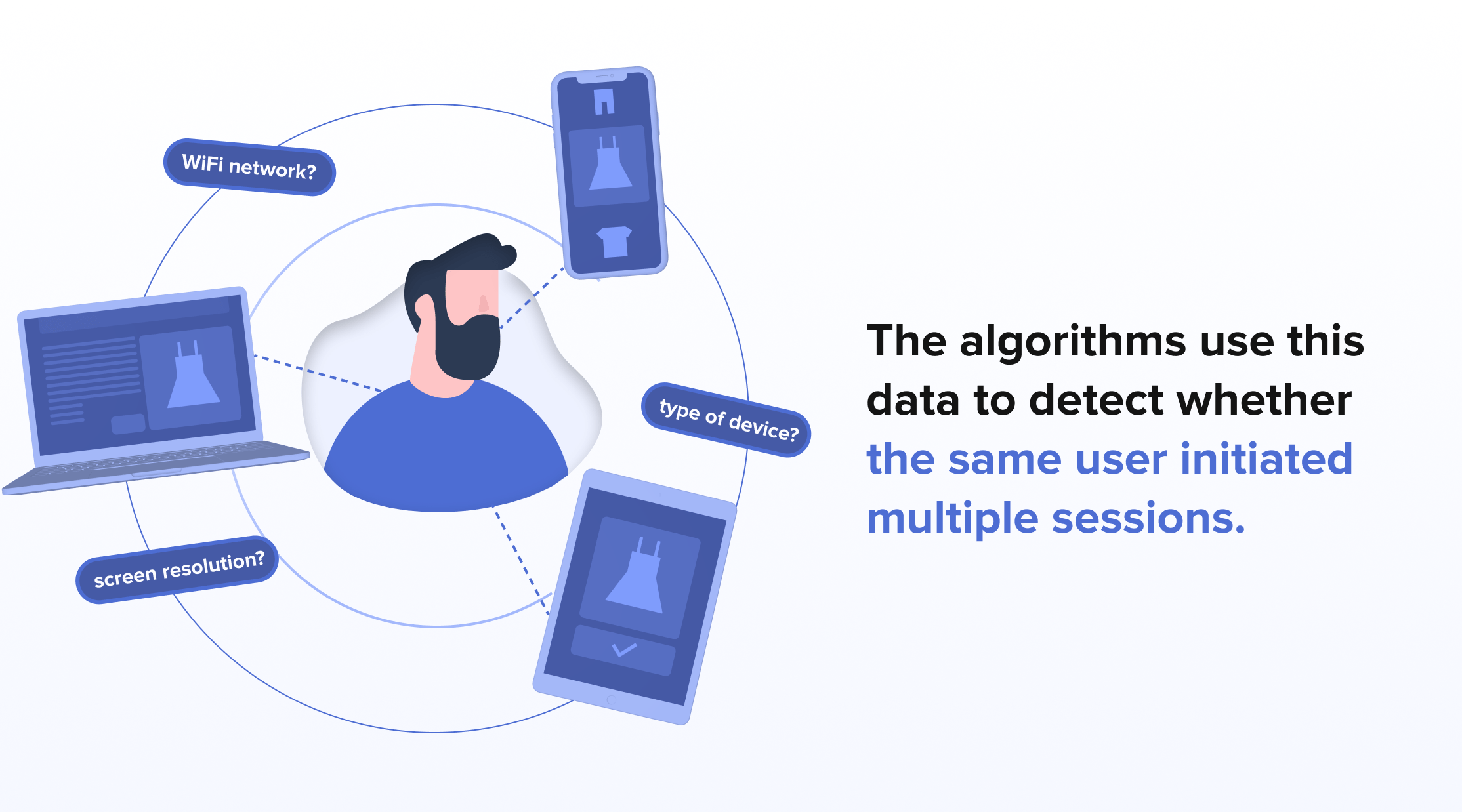
Also, probabilistic algorithms use deterministic data sets to learn how to identify one user across multiple devices based on their behaviour.
Unfortunately, probabilistic methods still involve a lot of guesswork and aren’t precise as well.
There are also other methods that involve questionable or polemic approaches from a legal standpoint. Imagine this - you are seeing an ad on your laptop and meanwhile, it plays an ultrasonic sound. That sound is automatically detected by your personal smartphone’s microphone. Voilà - the advertiser now knows that one user owns these two devices.
Essentially, all this means that there is no straightforward solution to the problem of cross-device attribution. Trying to identify users across different devices is like trying to solve an insolvable puzzle, and marketers understand they need a different approach.
Cross-device journeys prevent marketers from a precise analysis of initial traffic sources, which results in undervalued top-funnel and mid-funnel campaigns.
And when there’s no clear information on how valuable these campaigns are, marketers struggle with optimisation of budget allocation and the right use of resources.
Instead of focusing on users and devices, marketers focus on sessions and traffic assessment, and this is what alternative methods are for.
Solving cross-device attribution when there’s no solution
As there is no perfect solution to stitch cross-device customer journeys, marketers explore alternative approaches to measuring the impact of each advertising traffic source. As a result, they get actionable marketing insights and better visibility into channels’ the value of each channel, and at the same time avoid dealing with cross-device attribution bluntly.
How SegmentStream tackles cross-device and cross/browser tracking challenge
SegmentStream tackles cross-device and cross-browser tracking by using first-party data and machine learning, offering a more comprehensive view of customer interactions.
Unlike traditional cookie-based models like multi-touch, which attempt to piece together the entire customer journey, SegmentStream analyzes a wide range of data, including clicks, impressions, and user behavior, to provide deeper insights into how different marketing channels and campaigns contribute to sales.
It also features view-through attribution, which is key for measuring conversions from top-of-funnel sources such as video and social media, where users may see ads but not click immediately. This approach offers a deeper understanding of how these channels impact sales.
Optimal marketing
Achieve the most optimal marketing mix with SegmentStream
Talk to expert